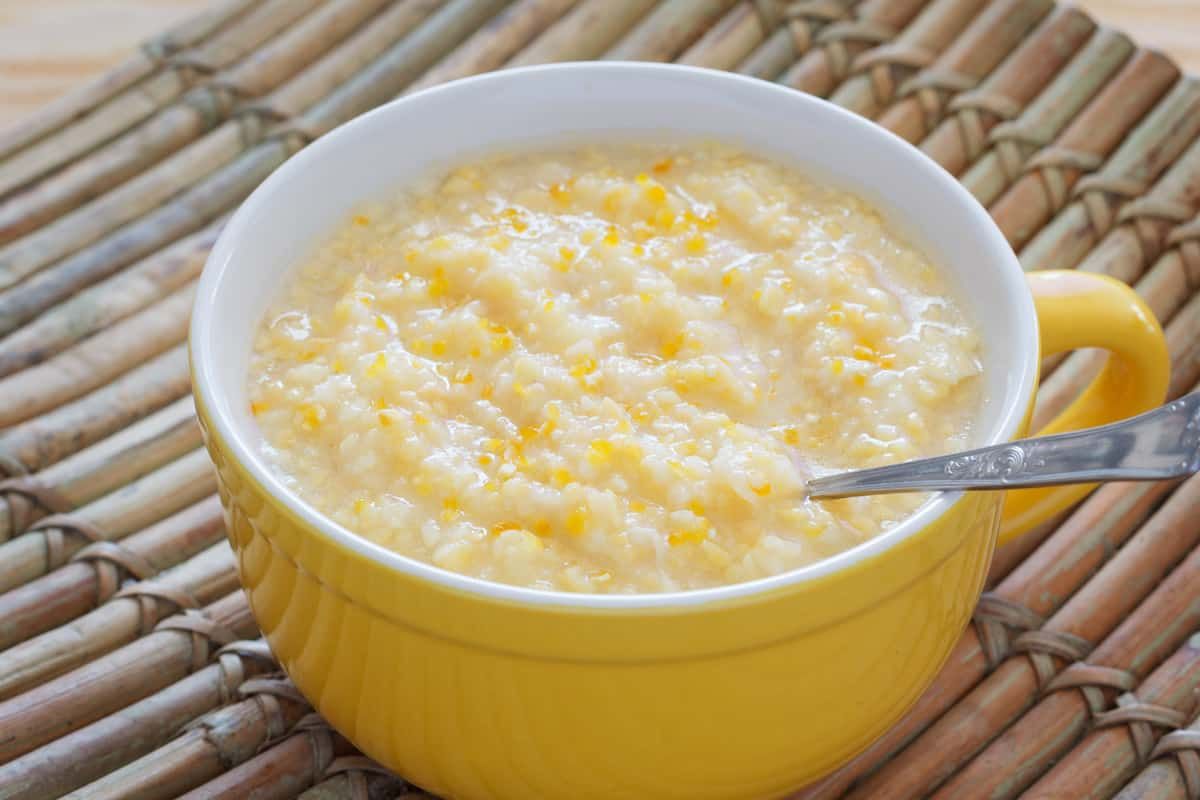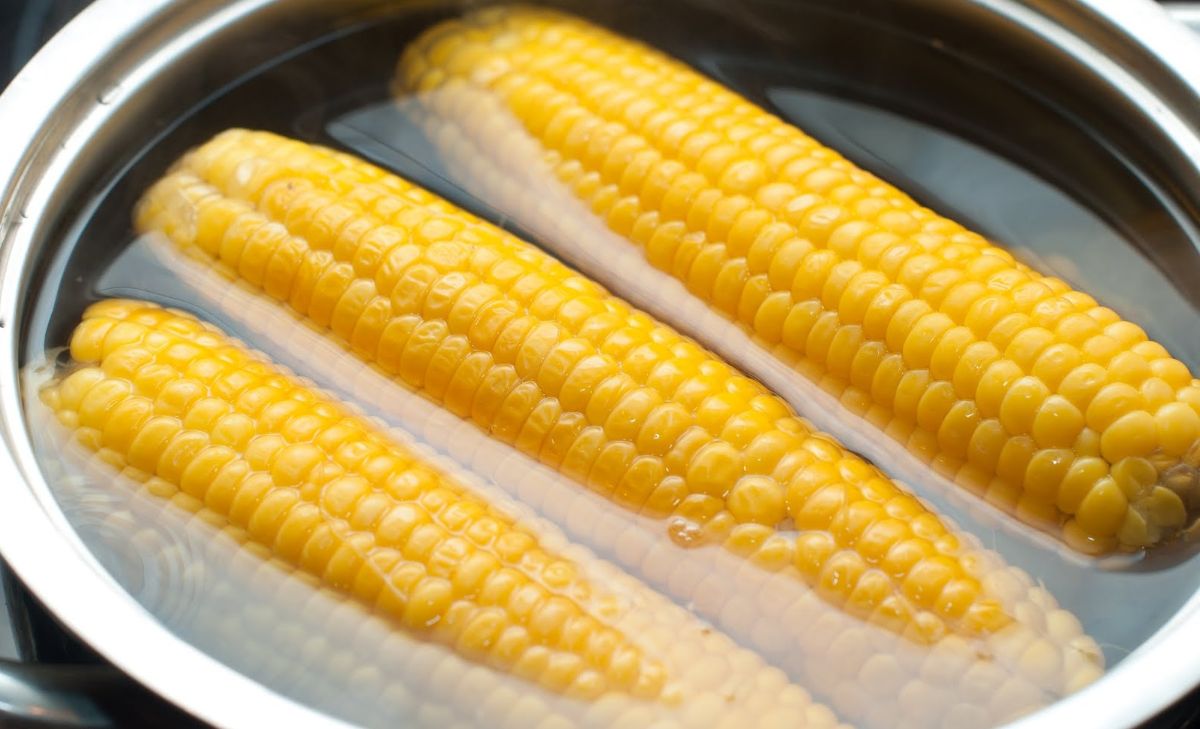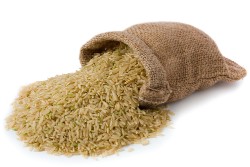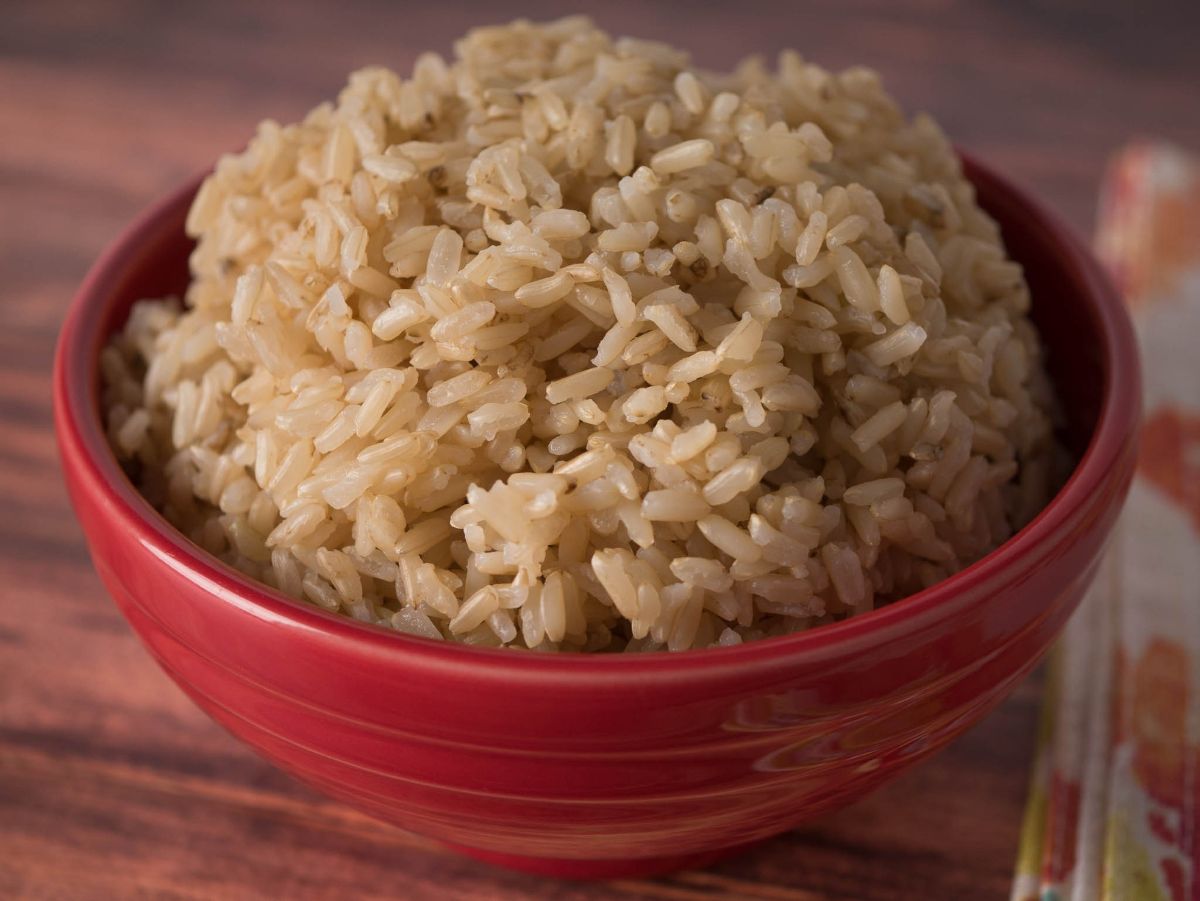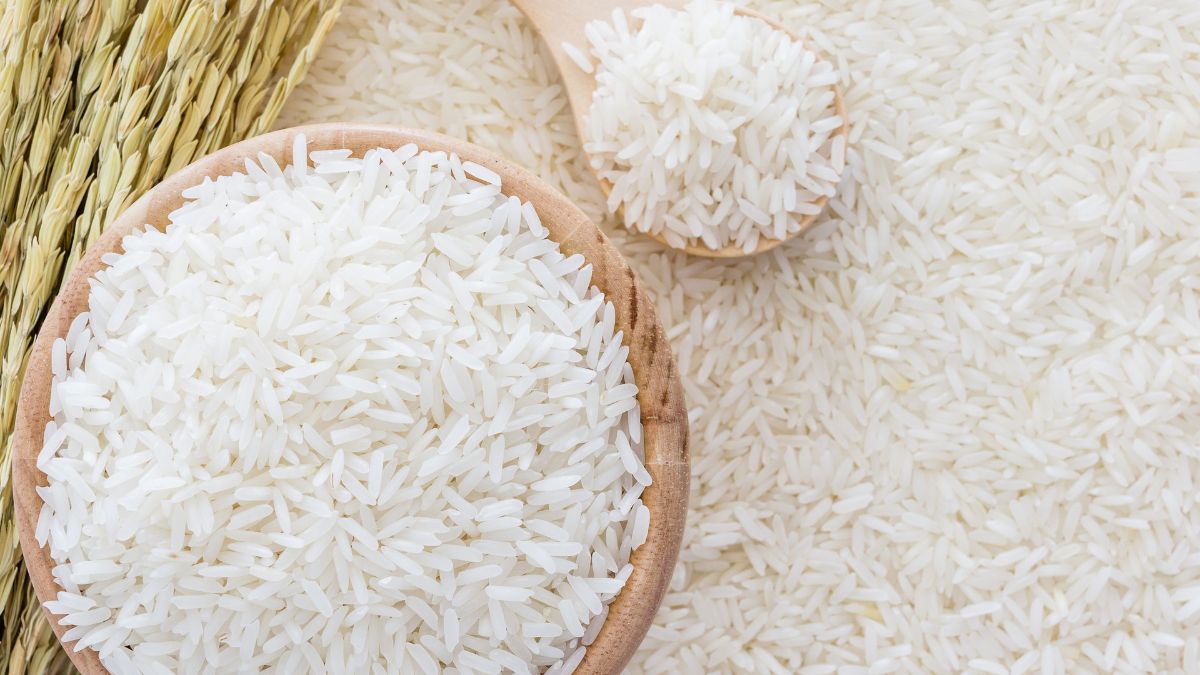6 beneficial properties of millet porridge for human health
Millet porridge is a dish that is prepared from millet (millet) and is extremely popular in Slavic countries. It has a pleasant taste and low cost.
Due to the presence of a number of vitamins, minerals and, of course, dietary fiber, millet porridge has important beneficial properties for health. It promotes weight loss and also reduces the risk of developing a number of common diseases.
6 useful properties
Below are 6 main theses about the benefits of millet and millet porridge for humans (based on evidence).
1. Contains nutrients

Millet porridge has a low calorie content (about 119 calories per 100 grams) and contains the following biologically active components:
| Name of the substance | Approximate percentage of daily requirement (per 100 grams) |
| dietary fiber | 5 % |
| Vitamin B1 | 7 % |
| Vitamin B2 | 5 % |
| Vitamin B3 | 7 % |
| Vitamin B6 | 5 % |
| Vitamin B9 | 5 % |
| manganese | 14 % |
| magnesium | 11 % |
| phosphorus | 10 % |
| iron | 3 % |
| potassium | 2 % |
Millet also contains a variety of polyphenols, flavonoids, anthocyanins, saponins and lignans. These substances have pronounced antioxidant activity – they fight chronic inflammation and oxidative stress.
2. Reduces blood pressure
 American scientists discovered
that eating any whole grains reduces the incidence of cardiovascular disorders, as well as the risk of death from them.
American scientists discovered
that eating any whole grains reduces the incidence of cardiovascular disorders, as well as the risk of death from them.
The composition of millet cereals contains potassium and magnesium. These minerals are cause relaxation of the walls of the arteries, which leads to a decrease in total vascular resistance and a decrease in blood pressure.
Porridge can be used for the prevention of early development (with a burdened history), as well as for the treatment (together with medications) of hypertension.
3. Fights atherosclerosis
 Proven
that millet lowers
total cholesterol levels
and its atherogenic fractions (LDL), increases the concentration of "useful" cholesterol.
Proven
that millet lowers
total cholesterol levels
and its atherogenic fractions (LDL), increases the concentration of "useful" cholesterol.
As a result, the deposition of cholesterol crystals on the walls of arteries and the formation of atherosclerotic plaques blocking the blood flow in the vessel partially or completely is prevented.
This property of wheat can significantly reduce the risk of developing pathologies such as myocardial infarction, coronary heart disease, and ischemic stroke. This makes porridge especially useful for the elderly.
4. Reduces blood sugar levels
 Millet is a whole grain that has a low glycemic index and rich in fiber
. Such features slow down the absorption of any carbohydrates from the lumen of the gastrointestinal tract, preventing sharp rises in blood glucose.
Millet is a whole grain that has a low glycemic index and rich in fiber
. Such features slow down the absorption of any carbohydrates from the lumen of the gastrointestinal tract, preventing sharp rises in blood glucose.
Dietary fiber and Magnesium, according to information foreign researchers increase the sensitivity of peripheral tissue receptors to insulin. As a result, the cells begin to absorb glucose from the blood more efficiently.
Millet affects the main pathogenetic mechanism of the development of type II diabetes mellitus – insulin resistance. The activity of beta cells of the pancreas is not affected by cereal culture.
5. Supports the functioning of the digestive system
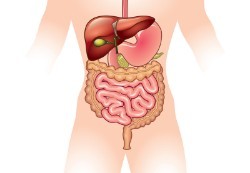 Millet is rich in dietary fiber. According to
according to scientific data, they have many medicinal properties in relation to the intestines. Among them:
Millet is rich in dietary fiber. According to
according to scientific data, they have many medicinal properties in relation to the intestines. Among them:
- Maintaining the balance of microflora. Dietary fibers serve as a food source for friendly microorganisms, as a result, their numbers increase. At the same time, the growth and reproduction of pathogenic and conditionally pathogenic representatives of intestinal microbiocenosis is inhibited.
- Cancer Prevention . During the fermentation of dietary fibers, bacteria secrete a number of substances (the main of which is butyrate) that normalize the metabolism in colonocytes and prevent their malignant degeneration. With adequate fiber intake, colon and rectal cancers are less common.
- Regulation of peristalsis. Fiber normalizes the motor evacuation function of the smooth muscles of the intestinal wall, ensuring timely excretion of feces. Frequent consumption of millet is associated with the rare occurrence of constipation.
6. Helps to lose weight
 Experts from the USA claim
that millet, due to the abundance of fiber and proteins in the composition, can be used for weight loss. At the same time, the same effectiveness is noted in both women and men.
Experts from the USA claim
that millet, due to the abundance of fiber and proteins in the composition, can be used for weight loss. At the same time, the same effectiveness is noted in both women and men.
Dietary fiber, once in the body, increases dramatically in size and causes mechanical overflow of the stomach. This leads (through reflex mechanisms) to the suppression of hunger centers in the brain for several hours.
Proteins and their constituent amino acids (tryptophan) play an additional role. They change the hormonal background, accelerating the production of hormones of "satiety".
The effectiveness of millet groats is emphasized in order to prevent fatty hepatosis, a dystrophic liver disease that is usually noted in obese patients.
Safety and harm
 Millet has a number of contraindications to use and can be harmful to health. The most common side effects include:
Millet has a number of contraindications to use and can be harmful to health. The most common side effects include:
- Thyroid depression. A number of substances included in the cereal inhibit the absorption of iodine by the thyroid tissue and the production of hormones (T3, T4). It is not recommended to use the product if there are diseases of this organ accompanied by hypothyroidism.
- Irritation of the mucous membranes of the digestive tract. Millet is recommended to be consumed in moderation (or completely abandoned) if there are any infectious and inflammatory diseases of the gastrointestinal tract (especially with atrophic gastritis).
- Decreased potency. Millet is able to suppress libido in men (when consumed in excessive amounts).
- Dyspeptic disorders. Dietary fiber, when consumed irrationally, causes overload of the digestive system, which manifests itself in the form of bloating, diarrhea (less often constipation), nausea and even vomiting.
- Allergic reactions. Are caused by sensitization of the human body to gluten and a number of other proteins. They manifest themselves in different ways: skin rashes, intestinal irritation, anaphylaxis.
Rules of cooking and reception
 The recipe for making millet porridge is extremely simple. It can be boiled in water or milk (mixing of these components is acceptable).
The recipe for making millet porridge is extremely simple. It can be boiled in water or milk (mixing of these components is acceptable).
For classic millet you will need:
- 200 grams of millet (preferably use unpolished);
- 400 ml of water;
- 400 ml of milk;
- ½ tsp salt;
- ½ tsp sugar.
Cooking scheme:
- Sort and thoroughly rinse the millet.
- Move the millet into an enameled pan. Add water.
- Bring to a boil. Simmer for about 20 minutes (until the water boils completely). It is necessary to remove the foam every 1-2 minutes.
- Add milk without removing the product from the heat; salt and sugar to taste.
- Simmer for about 20 minutes more.
- Turn off the heat and let the product stand for about 30 minutes.
- The dish is ready.
The appearance of millet directly affects the properties of porridge. Dark &8212; make it softer and crumbly, light – sticky.
Millet porridge goes well with fruits (bananas, pears, apples), vegetables (tomatoes, pumpkin), as well as other cereals (buckwheat, wheat, rice).
You should eat the dish 3-5 times a week (200-350 grams each) to maintain the health of all body systems.
It is not recommended to eat porridge in the evening. This is fraught with an overload of the digestive system and problems with falling asleep. Millet porridge is best eaten in the morning for breakfast.
Remember that ground millet grains have much less nutrients than unpolished ones, so it is better to give preference to the latter. It is not recommended to consume raw grains.
In addition to porridge, soups, flour, flakes, as well as medicinal decoctions and infusions are made from millet.
Conclusion
- Thus, millet groats contain a lot of vitamins and minerals, proteins and dietary fibers, and antioxidants.
- With regular use, it reduces the risk of developing diseases from the cardiovascular, digestive and endocrine systems; helps to reduce body weight.
- It is recommended to include the dish in the diet with caution due to the risk of side effects.

